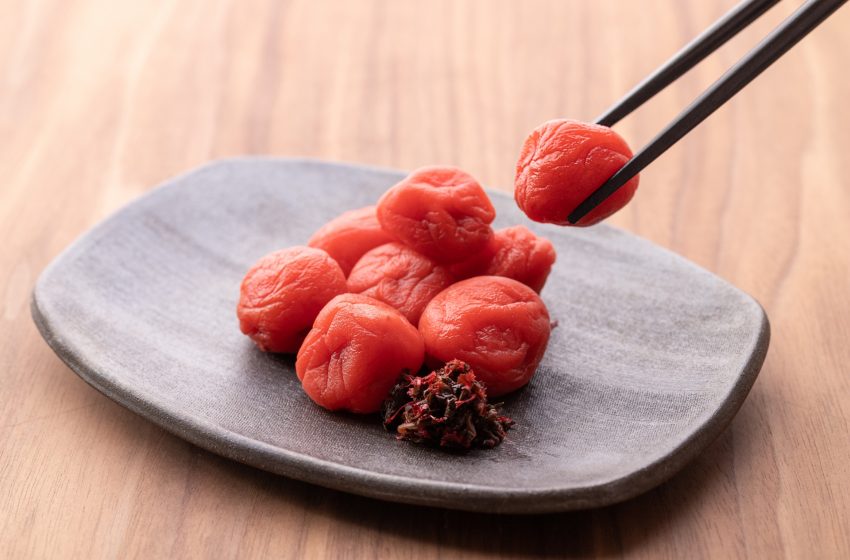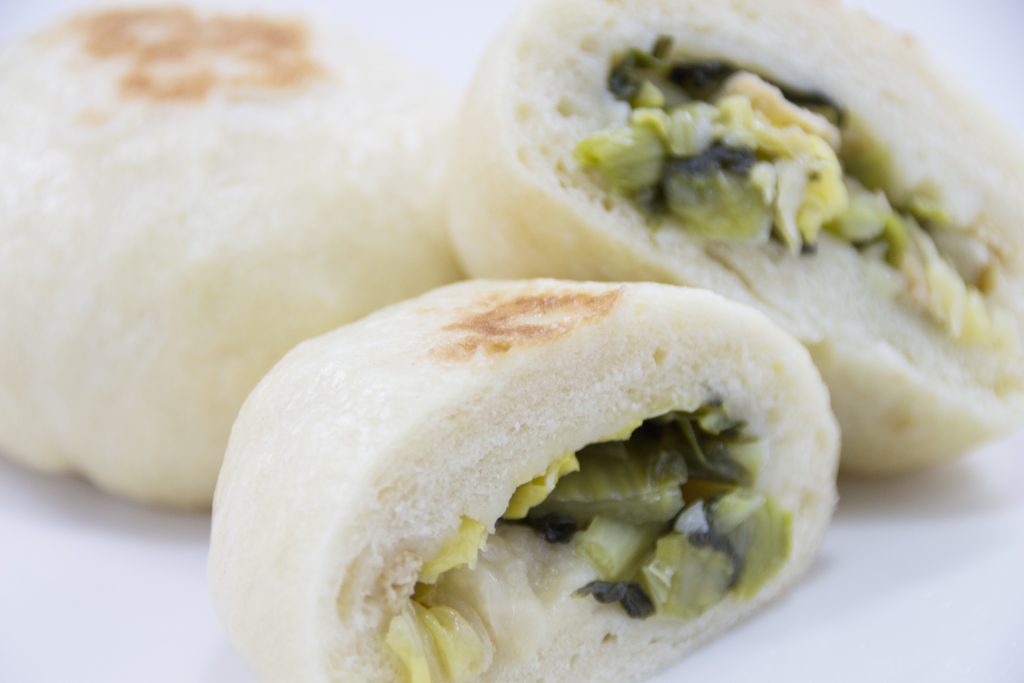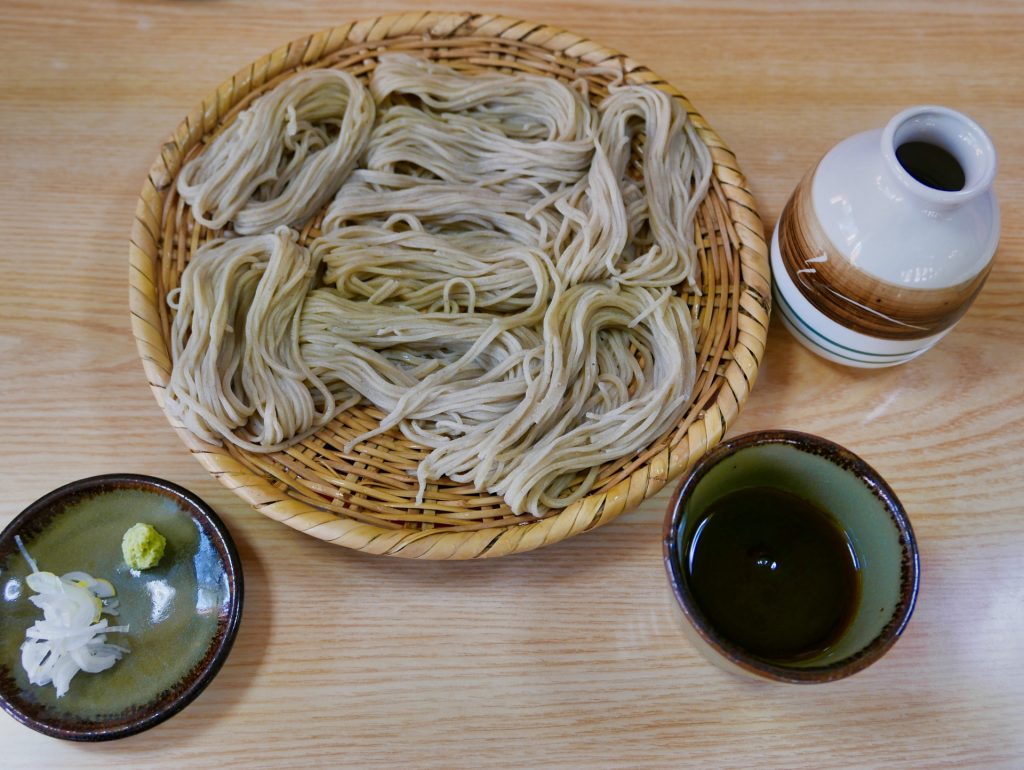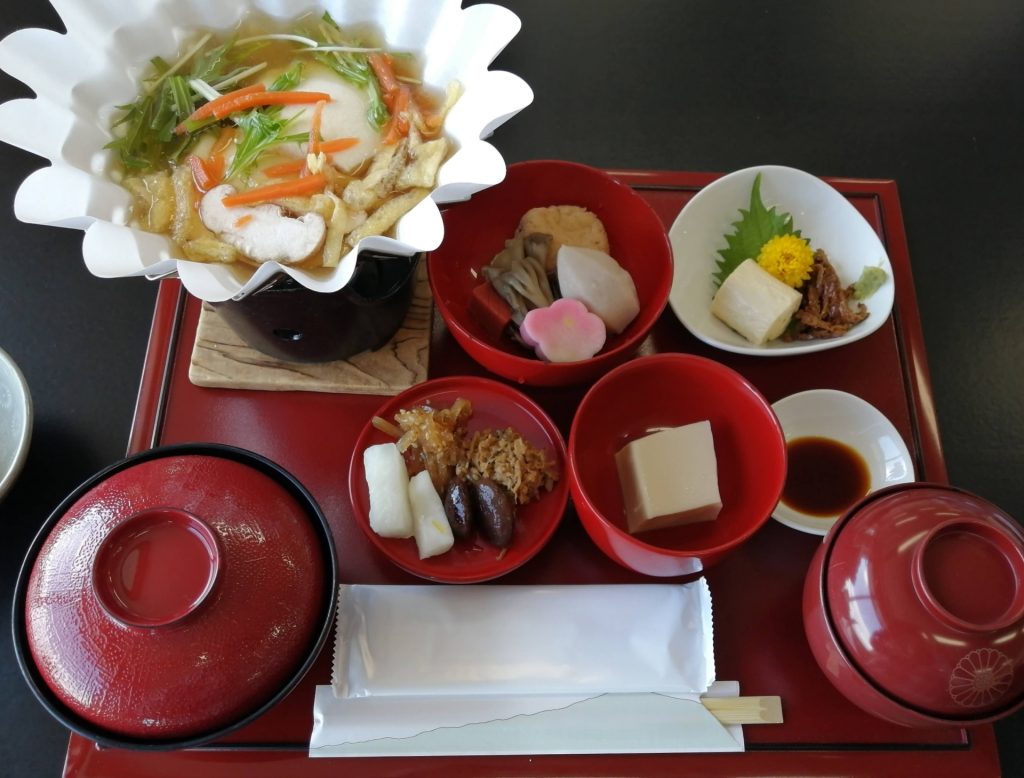
Umeboshi: The Quintessential Japanese Pickled Plum
Welcome, culinary explorers and enthusiasts of traditional Japanese flavors! Today, we journey into the tangy and salty world of Umeboshi, Japan’s beloved pickled plums. These small, yet potent fruits are a staple in Japanese pantries, known for their distinctive taste and remarkable health benefits. Let’s delve into what makes Umeboshi a unique and cherished element of Japanese culinary culture.
What is Umeboshi?
Umeboshi are pickled ume fruits, a species of fruit closely related to both plum and apricot. Traditionally, Umeboshi are made by drying ume fruits in the sun and then pickling them in salt, along with shiso leaves for added color and flavor. The result is a distinctly sour and salty treat that can be an acquired taste for the uninitiated but is deeply appreciated in Japan for its ability to balance and enhance a meal.
The History of Umeboshi
The tradition of pickling ume fruits in Japan dates back over a thousand years. Originally valued for their preservative qualities in a time before refrigeration, Umeboshi have been used to flavor rice, combat fatigue, and promote health and longevity. Their enduring presence in Japanese cuisine is a testament to their versatility and the depth of flavor they bring to dishes.
Health Benefits
Umeboshi are considered a superfood in Japan, credited with a multitude of health benefits:
- Digestive Aid: The citric acid in Umeboshi stimulates saliva production, aiding in digestion and absorption of nutrients.
- Alkalizing Effect: Despite their acidity, Umeboshi have an alkalizing effect on the body, helping to maintain a healthy pH balance.
- Liver Health: Umeboshi are believed to promote liver health and aid in detoxification processes.
- Fatigue Recovery: The high salt and citric acid content is thought to combat fatigue and restore energy.
Culinary Uses
Umeboshi can be enjoyed in various ways, reflecting the versatility of this ingredient in Japanese cuisine:
- With Rice: Perhaps the most classic pairing, a single Umeboshi atop a bowl of steaming white rice is a simple yet satisfying meal.
- In Onigiri: Umeboshi are a popular filling for onigiri (rice balls), providing a tangy contrast to the plain rice.
- As a Condiment: Finely chopped Umeboshi can be used as a seasoning for cooked vegetables, soups, and sauces, adding depth and zest.
- Umeboshi Paste: A versatile ingredient, Umeboshi paste can be spread on crackers, mixed into salad dressings, or used to flavor dips.
Umeboshi in Japanese Culture
Beyond their culinary and health applications, Umeboshi hold a special place in Japanese culture and are often associated with endurance and perseverance. This is symbolized in the proverb, “Umeboshi o kueba, oni mo nigeteiku” (When you eat Umeboshi, even demons will run away), highlighting their reputed power to ward off evil and misfortune.
Conclusion: A Taste of Tradition
Umeboshi embody the essence of traditional Japanese cuisine, offering a unique blend of flavors that challenge and delight the palate. Whether you’re enjoying them as part of a meal or utilizing them as a healthful ingredient, these pickled plums are a direct link to Japan’s rich culinary heritage.
So, the next time you encounter Umeboshi, whether in a Japanese restaurant or through your culinary adventures, remember that you’re experiencing a taste that has been cherished for centuries. Umeboshi not only tantalize the taste buds but also connect us to the history, culture, and timeless wisdom of Japanese gastronomy.




